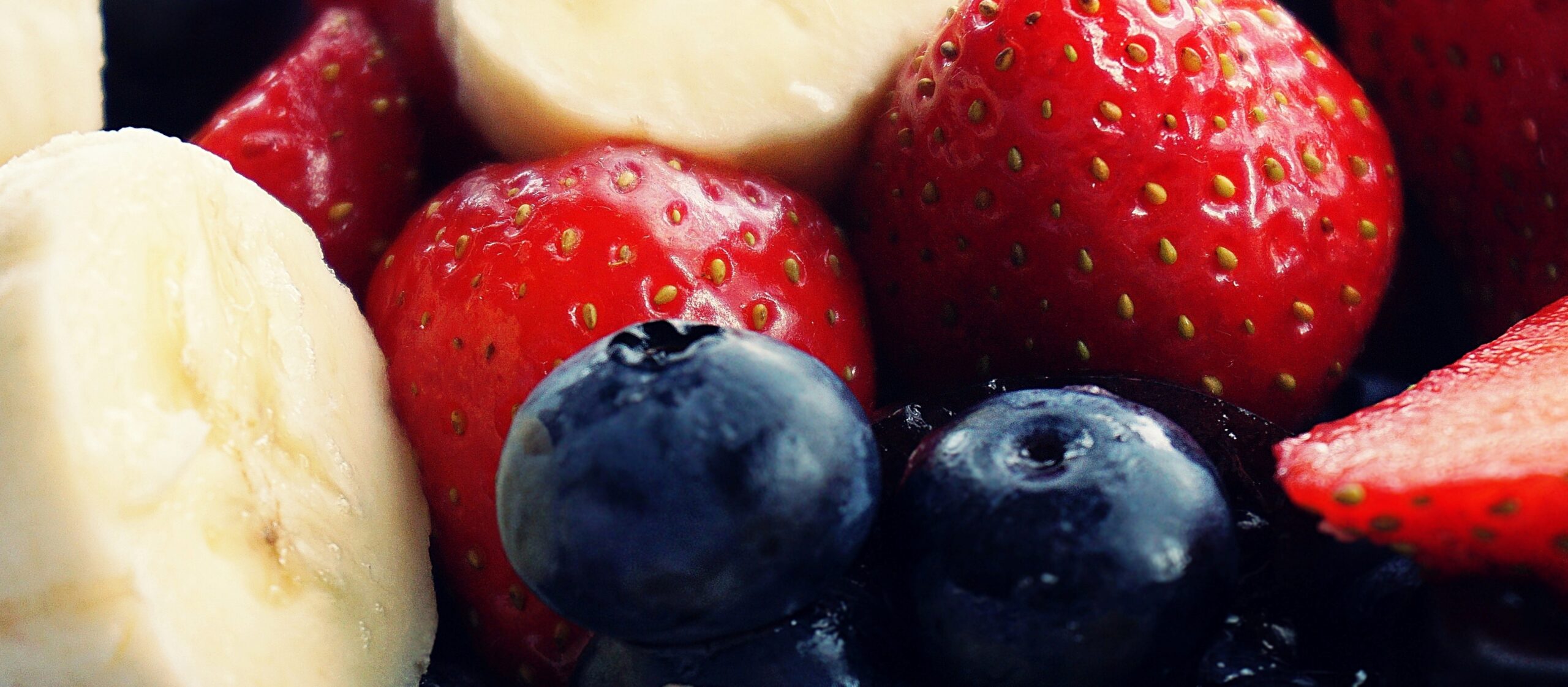August 17th, 2022Glen, about the house
Strange fruit – and perhaps a little fear of the unknown
How many of us can honestly say they have never flinched at, or even refused to sample, an unknown, or suspicious looking food item, even if it was eaten with relish by many.
As a “war child” (1940) I was brought up on stodgy but hearty English-style cooking – lots of fruit and veg and little meat – until the “rabbit-oh” came around on his fortnightly visit.
Unless you had your own chooks, chicken was a rarity and mostly a birthday or festive treat. So any chance of exotic dishes were rare for quite some time. I was quite surprised to recently find on a long-lost ration docket that even real Vegemite and quite a few other similar luxury food items were still being rationed right up until the early 50s.
This suspicion, maybe even fear, of things unknown lasted until the first war-torn refugees came, bringing with them their lifestyles and skills, but most importantly, their wonderful food. Who can remember their first pizza, yum cha or paella?
But what also came with them were the skills and knowledge of horticulture far beyond ours, especially in the growing and usage of what we considered ornamentals.
For example, who would have recognised that the berries from dog roses, hawthorns, elders, medlars and even crab apples and many more, had culinary and or medicinal uses.
Come to think of it, why did we take so long to discover the many uses of Australia’s own finger limes, Illawarra plums, and quandongs etc.
Medlar, persimmon and feijoa
Although unrelated, persimmons and medlar have quite a few similarities in that they are both compact growing and have beautifully coloured autumn foliage. They both have attractive spring flowers and fruit that, once ripened, must undergo a period of “bletting: in the words of some less politely inclined than I – “being left to rot”. In each case although initially quite flavoursome they are even more so once left in a warm, dry spot for several weeks, until the flesh is quite soft and a little mushy. It is then that they can be transformed into rather tasty jams, jellies, and chutney.
Recipes abound and I’ve discovered dozens of recipes for both on the web and Professor Google is just dying to feed them to you.
I am rather fond of both trees for their colour in the garden especially in autumn for their foliage, but also in spring for the beautiful white blossoms. It’s with their fruit there is a difference in that the persimmon has large orange to red, tomato-like fruit but, because the medlars are related to the roseacea family, their fruit resembles largish brown, rough-textured rosehips.
The third member of the trinity and my favourite, often called the pineapple guava, is the South American feijoa sellowiana. A large shrub (mine is pruned into a low-spreading tree) it has silver-backed, olive grey ovoid leaves and silver and red flowers. The fruit is similarly green.
It has a distinct aroma and is flavoured like a cross between pineapple and strawberry. The fruit hides itself amongst the lower branches and is best gathered when fully ripe. You’ll know just when because that’s when they’re released to fall to the ground.
There are plenty more fruiting plants qualifying to join the Strange Fruit Pantheon – not the least being South East Asia’s most revered king of the fruits, the fetid country outhouse-smelling durian fruit, pictured left. Its scientific name comes from that of the civet cat (viverra zibetha) either because they smell like one, or maybe can used as bait to catch one.
Got a gardening question? Email glenzgardens@gmail.com










